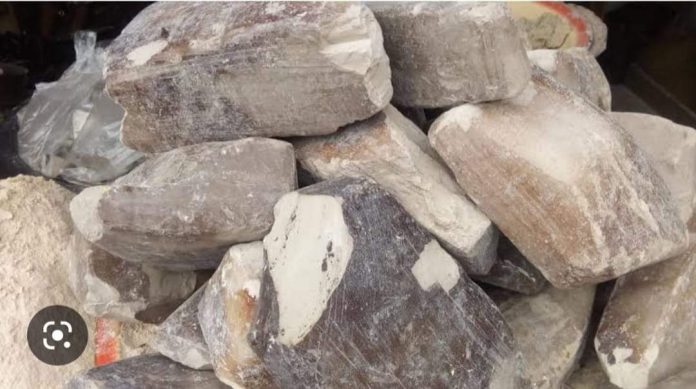PREAMBLE
Currently aiding the research writing, supervision and near completions of two Masters theses and two doctoral dissertations of 4 African-American students interested in African [Efik] history, religious and oriental studies, referred to me by a Professor friend in the United Kingdom, the works, thematically designed to distinctly and empirically explore, ascertain and/or provide deep/latest research outcomes and insights about Efik “cosmo-mythic figurations” and their psycho-cognitive, historico-literary and ethno-linguistical essence/ implications to humanity, have so far led to several useful discoveries that I equally intend to capture as part of my “Efikpedia and Esoterica project”.
Foremost, the term “cosmo-mythos figurations” (a phrase invented recently by me (Hogan, 2010) and used severally in my published academic journal articles etc), is foundationally derived from the meaningful corruption of marriage between cosmos (Greek word for universe); mythos (Greek’s original word for myths) and figuration (the use of emblems, allegory or figures to symbolize an abstract idea/thing). It simply refers [contextually] to the use of emblems, allegory and/or figure identified with myths, reality and abstracts as representational, presentational or interpretational symbols. Eg. Egg for life; raven (regarded by ancient Greeks as a god, symbol of good omen; and some [native] Africans as death announcer/evil omen sign).
NOW TO THE SUBJECT
Ndom -as noted elsewhere- is Efik name for chalk. It is religiously and/or etymologically believed at some traditional quarters to come from or linked poetically/mythically to Ndem because it is mostly formed or found around marine-coastal regions. This, information, however scientifically unverified), is contextually useful for two major reasons. Firstly, it takes attention away from the scientific records of chalk formation and offers another way of looking for its origin from a non-science perspective.
Secondly, it religiously and critically (though mythically) ignores science and indigenously credit Ndem (defined by Hogan, (2024) as the native generic name for the gods at the helm of ancient Efik spiritism/polytheism, equally seen as the collective name for Efik marine spirits, the plural of which is Idem Mmọñ) as the origin of Ndom.
Emblematically, Ndom is naturally, religiously, culturally and socially idealized, idolized or globalized by history as one of the Efik’s most ancient [oriental] sources of humans or believers’ initiation, purification, identification, elevation and/or veneration rituals symbols as mostly seen during Ekpe initiation; Ndem deification; child “water baptism”/sprinkling rituals, mark of honour given to child/native as a blessing or acknowledgement for making his family, people or nation proud through feats, industry or exhibited virtues.
Ndom is equally seen as medicine or curer of evil ailments, evil omen and/or wicked presence when religiously or spiritually applied, concocted or taken as directed or guided by an Ndem priest(ess) or bush doctor. It is further used for adornment, arts, theatrical and symbolic writings purposes as commonly seen in the Nsibidi marks found on the walls of Ekpe lodges and fresh Ekpe initiates’ body.
Instructively note from the above premises that, EFIK EYET EYEN NDOM to appreciate good deeds, as a mark of honour for virtues and feats, and equally to mark out as spiritually chosen/ separated unto the gods of the land as priest, oracle or “sacred cow” in deep religious circles. Also, note further that UYET NDOM is different from UBOK NDOM seen as the specialized art of body nurturing and appeasement through massaging, used mainly by mothers, particularly fresh babies’ mothers, under supervision by an experienced Efik mother, during UKUK UMAN (nicknamed ÑKUHỌ UMAN) to massage, soften, polish or nurture a newly born baby’s body/skin. It is called the same name when equally used in the manner to massage a woman in NKUHỌ (Fattening room seclusion)/ after childbirth… as a native post- natal care (Hogan, 2024).
SEE PART 2 FOR “NKAÑ”
Editorial: Shared as part of Efikpedia and Esoterica Project by Holyns Hogan, Bassey Ndem and Efio-Ita Nyok. All rights of copy reserved by Holyns Hogan and Negroid Haven (2024).









